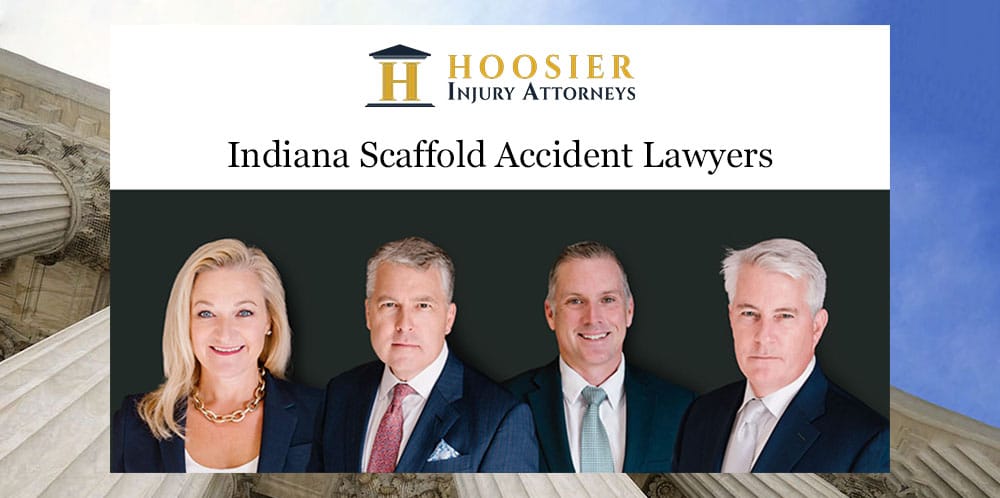
Every finished structure you encounter requires some amount of scaffolding during its construction. The transitory framework is likewise important during routine upkeep of any framework, pinnacle, or landmark. Tragically, there is an intrinsic gamble engaged with utilizing such hardware. The two passers-by and development laborers are in danger while within sight of the framework. The most common cause of scaffold collapse is inadequate design and construction. A lack of adequate training and supervision, poor site management, and failure to follow industry standards contribute to scaffolding accidents.
There are three main scaffolding accidents: falls from height, collapses, and entrapment.
Most scaffolding accidents happen due to the failure of the structure itself. This could be due to;
Poor Site Design: Poor site design includes poorly planned sites that do not provide enough space for safe work activities. It can also refer to poorly designed scaffolding that does not meet industry standards. Inadequate Training: Workers who use scaffolding
Scaffolding injuries often result from workers being hit by objects or falling off scaffolds. The most common injury types include sprains, strains, fractures, contusions, lacerations, abrasions, and crush injuries. Other common causes include slips, trips, and falls.
The Occupational Safety & Health Administration (OSHA) has set forth specific fall protection requirements for workers who stand on scaffolds. These include:
The most common cause of scaffold injuries is the failure of the scaffold itself. This includes structural failures, such as beams breaking or defects in the material used to build the structure. Other causes include preliminary design, poor maintenance, or improper use.
The first thing to do after a scaffolding accident is to call 911. If the fall were due to structural failure, the emergency responders would likely want to know if anyone else is trapped inside. They might also ask if you think the building has any hazardous materials stored inside.
If you've suffered injuries from a scaffolding accident, you should contact a lawyer who specializes in this area of law. A scaffolding accident lawyer will know what types of claims are available under worker's compensation laws and what damages you might be entitled to receive.
The Occupational Safety and Health Administration (OSHA) has set forth guidelines for fall protection for workers at heights more than 6 feet above ground level. These include harnesses, lanyards, lifelines, and guardrails. OSHA requires employers to provide training programs for employees who perform work at heights. Employers must also ensure that all scaffoldings meet current building codes.
A scaffolding accident attorney will provide legal advice regarding any potential claims against the employer, including workers' compensation, personal injury, wrongful death, and product liability. The goal of a scaffolding injury law firm is to protect injured workers from being denied access to justice. You can consider Hoosier Injury Attorneys at Indiana for Scaffold Accident Lawyer services. You can also visit our website hoosierinjuryattorneys.com for more information or booking appointments.
If you've ever come across a scaffold accident lawyer, you know what I mean. It can be a long process, but it's worth it if you want to recover compensation for your injuries.
Yes. Workers Compensation laws allow an employee to file a claim for medical expenses, lost wages, pain, suffering, and other related costs associated with a scaffolding accident.
It depends on the experience of the lawyer. However, lawyers usually charge between $350-$500 per hour.
This varies depending on whether the case goes to trial or settles out of court.
After a scaffolding accident occurs, the company responsible for the construction site should immediately notify the Occupational Safety.
Copyright © Hoosier Injury Attorneys. All Rights Reserved